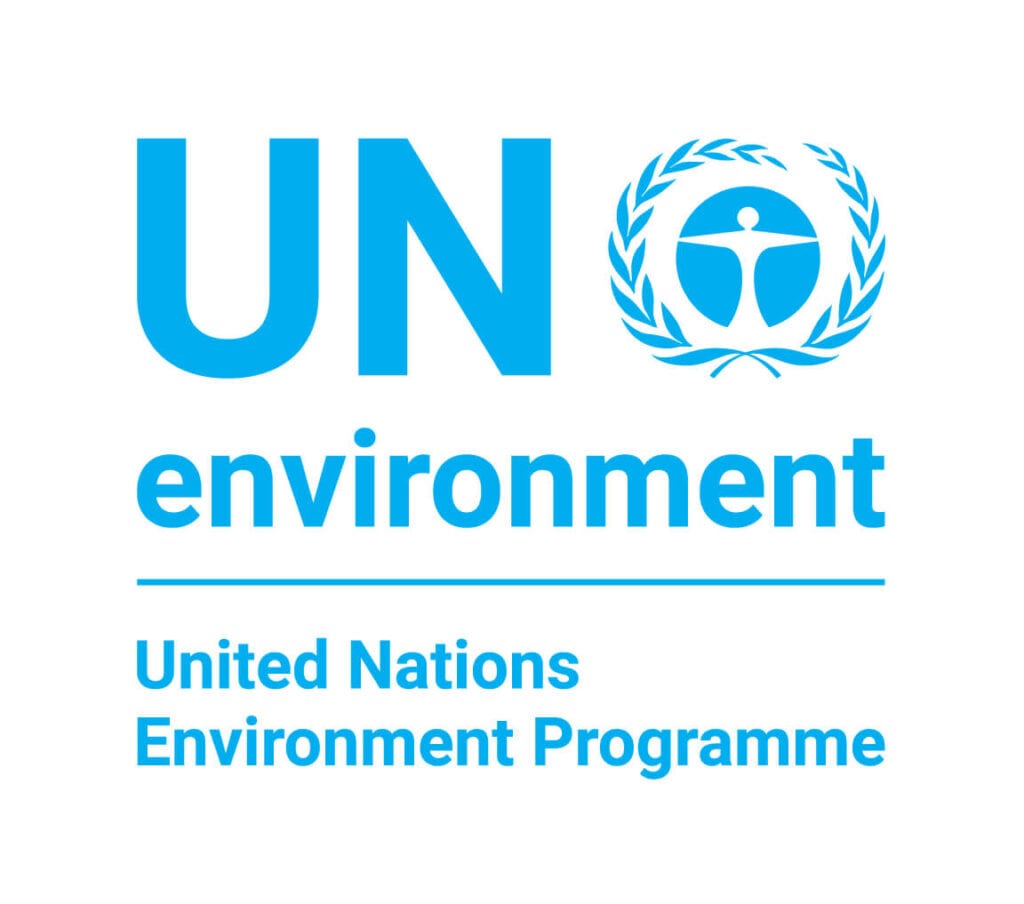Preventing the Next Pandemic

As the COVID-19 pandemic continues to take lives and disrupt economies across the world, a new report warns that further outbreaks will emerge unless governments take active measures to prevent other zoonotic diseases from crossing into the human population, and sets out ten recommendations to prevent future pandemics.
The report, “Preventing the Next Pandemic: Zoonotic diseases and how to break the chain of transmission,” is a joint effort by the United Nations Environment Programme (UNEP) and the International Livestock Research Institute (ILRI).
It identifies seven trends driving the increasing emergence of zoonotic diseases, including increased demand for animal protein; a rise in intense and unsustainable farming; the increased use and exploitation of wildlife; and the climate crisis. The report finds that Africa in particular, which has experienced and responded to a number of zoonotic epidemics including most recently, to Ebola outbreaks, could be a source of important solutions to quell future outbreaks.
“The science is clear that if we keep exploiting wildlife and destroying our ecosystems, then we can expect to see a steady stream of these diseases jumping from animals to humans in the years ahead,” said UNEP Executive Director Inger Andersen. “Pandemics are devastating to our lives and our economies, and as we have seen over the past months, it is the poorest and the most vulnerable who suffer the most. To prevent future outbreaks, we must become much more deliberate about protecting our natural environment.”
The report identifies ten key messages for decision makers based on its scientific assessment:
1. DE-RISKING FOOD SYSTEMS: Many new science-based policy reports continue to focus on the global public health emergency caused by the COVID-19 pandemic, following the fast spread of the infectious SARS-CoV-2 virus of zoonotic origin. We need more evidence-based scientific assessments, such as this one, to examine the environmental and zoonotic context of the current pandemic, as well as the risk of future zoonotic disease outbreaks.
2. URGENCY: Diseases are emerging more frequently from animals. Rapid action is necessary to fill the science gap and fast-track the development of knowledge and tools to help national governments, businesses, the health sector, local communities and other stakeholders—especially those with limited resources—to reduce the risk of future pandemics.
3. REPORT AUDIENCE: To help fill this gap, a scientific assessment was conducted to explore the role of wild and domesticated animals in emerging zoonotic infectious diseases. This rapid assessment is designed for decision-makers in government, business and civil society at all levels and in all regions.
4. SCOPE OF THE PROBLEM: About 60% of human infections are estimated to have an animal origin. Of all new and emerging human infectious diseases, some 75% “jump species” from other animals to people. Most described zoonoses happen indirectly, e.g. via the food system.
5. OUTBREAK FREQUENCY AND PREDICTABILITY: The frequency of pathogenic microorganisms jumping from other animals to people is increasing due to unsustainable human activities. Pandemics such as the COVID-19 outbreak are a predictable and predicted outcome of how people source and grow food, trade and consume animals, and alter environments.
6. CONNECTIVITY AND COMPLEXITY: The links among the wider environment, biodiversity and emerging infectious diseases are complex. While wildlife is the most common source of emerging human disease, domesticated animals may be original sources, transmission pathways, or amplifiers of zoonotic disease. Such linkages—as well as the interconnectedness with issues such as air and water quality, food security and nutrition, and mental and physical health—should inform policies that address the challenges posed by current and future emerging infectious diseases, including zoonoses.
7. DISEASE DRIVERS: Seven human-mediated factors are most likely driving the emergence of zoonotic diseases: 1) increasing human demand for animal protein; 2) unsustainable agricultural intensification; 3) increased use and exploitation of wildlife; 4) unsustainable utilization of natural resources accelerated by urbanization, land use change and extractive industries; 5) increased travel and transportation; 6) changes in food supply; and 7) climate change.
8. IMPACT AND COST: Emerging zoonotic diseases threaten human and animal health, economic development and the environment. The greatest burden of zoonotic disease is borne by poor people, but emerging infectious diseases impact everyone, with monetary losses of emerging infectious disease much greater in high-income countries. Given that a single zoonotic outbreak can incur trillions of US dollars in costs across the globe, prevention is significantly more cost-effective than response.
9. POLICY OPTIONS: This assessment recommends ten policy response options to reduce the risk of future zoonotic pandemics and to ‘build back better’: (i) raise awareness of health and environment risks and prevention; (ii) improve health governance, including by engaging environmental stakeholders; (iii) expand scientific inquiry into the environmental dimensions of zoonotic diseases; (iv) ensure full-cost financial accounting of the societal impacts of disease; (v) enhance monitoring and regulation of food systems using risk-based approaches; (vi) phase out unsustainable agricultural practices; (vii) develop and implement stronger biosecurity measures; (viii) strengthen animal health (including wildlife health services); (ix) build capacity among health stakeholders to incorporate environmental dimensions of health; and (x) mainstream and implement One Health approaches. These policy options are discussed in detail in Section Five of this report.
10. ONE HEALTH: This report confirms and builds on the conclusions of the FAO-OIE-WHO Tripartite Alliance and many other expert groups that a One Health approach is the optimal method for preventing as well as responding to zoonotic disease outbreaks and pandemics. Adopting a One Health approach, which unites medical, veterinary and environmental expertise, will help governments, businesses and civil society achieve enduring health for people, animals and environments alike.
More information and a link to download the report can be found here.
